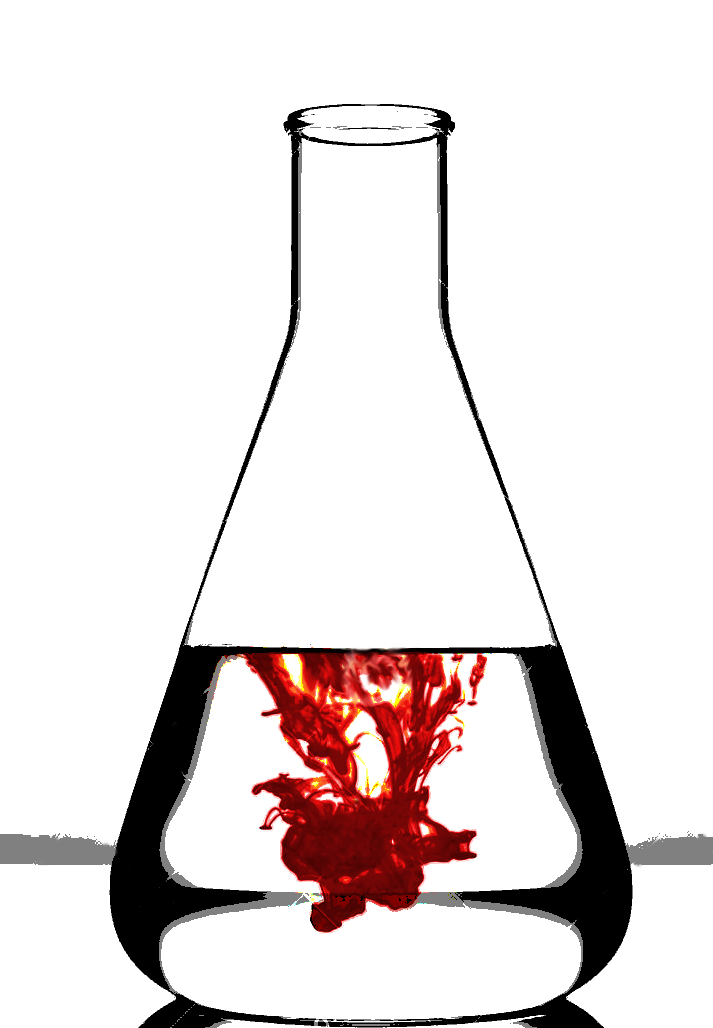Lead levels high in Port Pirie
 The levels of lead in the blood of Port Pirie children have been re-assessed.
The levels of lead in the blood of Port Pirie children have been re-assessed.
South Australia’s Department for Health and Wellbeing (DHW) has published the 2020 analysis of Port Pirie children’s blood lead levels, which reports the blood lead levels of children aged between zero and five years-of-age.
There has been deterioration in all but one of the reported blood lead indicators compared to 2019.
“This 2020 report provides a snapshot of the past ten years where we can see the recent deterioration in blood lead levels begin,” says DHW Director of Scientific Services, Dr David Simon.
“While these new results are very disappointing, they were not unexpected given the upward trend in average lead-in-air levels reported by the Environment Protection Authority through 2020 compared to 2019, when the smelter was shut-down for extended periods of time.”
In line with National Health and Medical Research Council (NHMRC) guidance, the blood lead levels of children living in Port Pirie are reported against the exposure investigation level of five micrograms per decilitre (µg/dL).
The number of children with blood lead levels equal to or exceeding 20 µg/dL has increased from 13 children in 2019 to 16 children in 2020.
“The increased lead-in-air contributed to the amount of lead-contaminated dust deposited in homes and public spaces across Port Pirie during the year, meaning more people were likely exposed,” Dr Simon said.
“As a result, the improvements we saw in the first half of 2020 were not sustained and continued to plateau for the rest of the year.
“Despite the challenging environment, families in Port Pirie do an excellent job protecting their homes from lead exposure.
“Young children absorb lead very quickly and spend much of their awake time in areas that can be easily contaminated such as floors and soil, and ongoing efforts to reduce lead exposure within the community remains the highest priority.”







 Print
Print